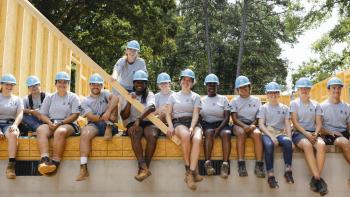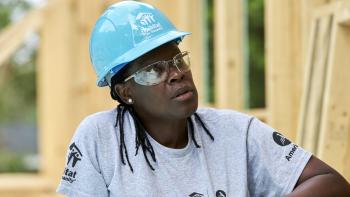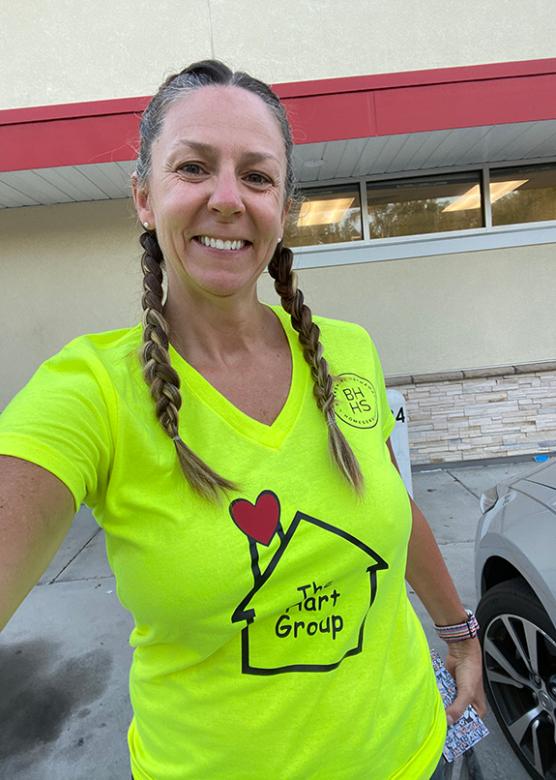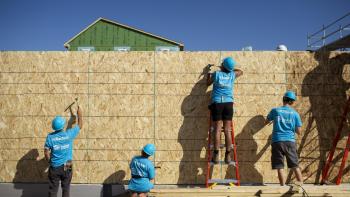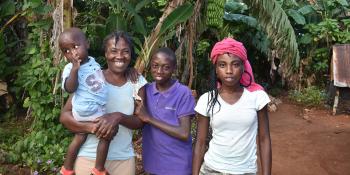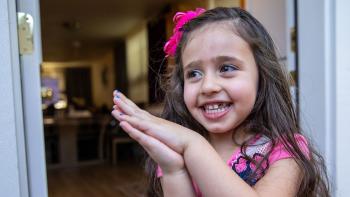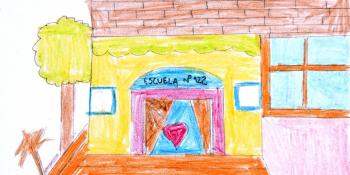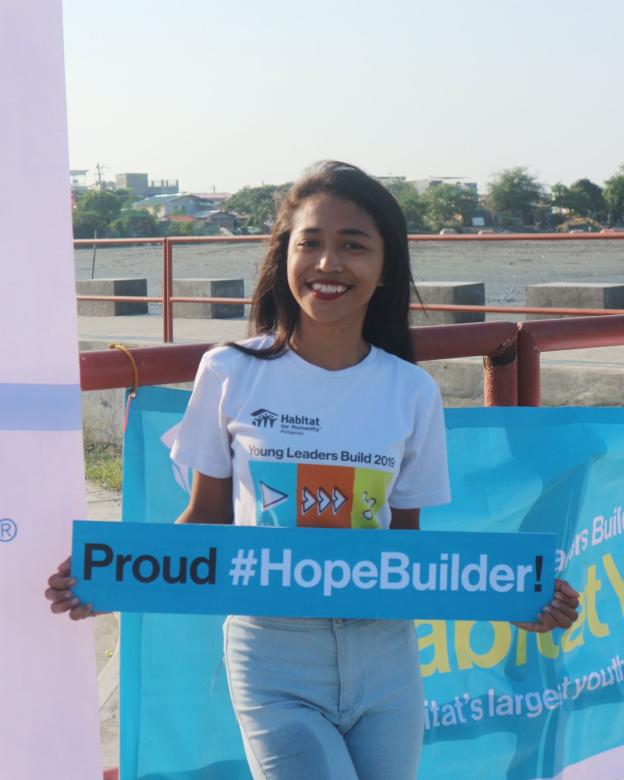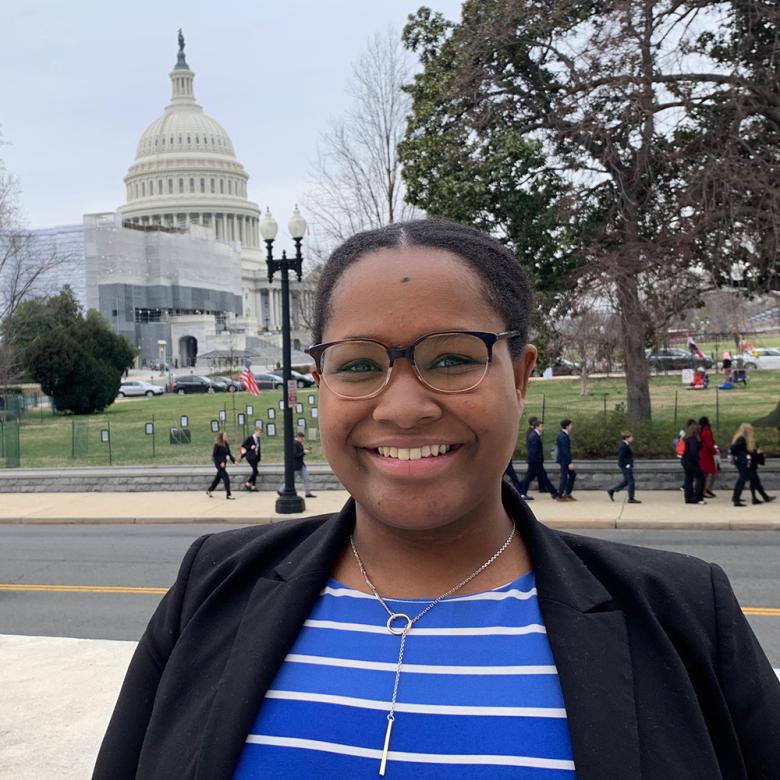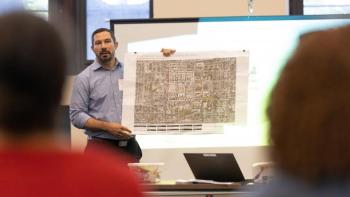Shortly before 8:30 a.m. on a Saturday morning in August 2021, as Princile was having a quiet moment at home with the youngest of her six children, she heard a strange, unfamiliar sound.
“At first I thought it was the wind,” said Princile, 49, who lives in the rugged, mountainous terrain of southwest Haiti. Then everything started shaking violently. “When I realized what was happening, I was so frazzled that I ran towards the back door instead of the front, which was closer to me at the time.”
Princile considers herself one of the lucky ones. She was able to get out of her home in time, and all her children also had survived, uninjured. The 7.2-magnitude earthquake killed 2,246 people and injured 12,763 more, as homes, churches and schools crumbled to the ground in and around towns such as Les Cayes, Jérémie and Anse à Veaux.
In all, 54,000 homes were destroyed. Another 84,000 homes, including Princile’s, were severely damaged. Her rock-and-cement walls could not withstand the shaking of the earth and collapsed, leaving only the wooden frame and the roof standing. Like many in the area, Princile’s family slept outside, as heavy winds and rains from Tropical Depression Grace lashed the region days after the earthquake.
Ready to respond
Habitat for Humanity Haiti — which worked in the country for nearly 40 years — was prepared to respond. The team’s engineers based in the region quickly began fanning out and, in coordination with the government, assessing structures to see if they were safe. Habitat Haiti sent in reinforcements from the capital of Port au Prince. Among them was Jean Frenel Tham, Habitat Haiti’s national director, who grew up in southwest Haiti and knows the reality of homes here all too well.
“Unfortunately, these structures — many with large openings on the ground floor, little or no reinforcements, and low-quality materials — often suffer serious damage in earthquakes,” he says. “And, as we saw for far too many families in August, they can collapse entirely.”
In close coordination with the government and local communities, Habitat Haiti initially distributed hygiene kits containing soap, toothpaste, toothbrushes, masks, towels and other items. These were followed by several distributions of shelter kits, 797 kits in collaboration with Start Fund and 1,990 kits in partnership with ShelterBox.
ShelterBox provided technical support and training in how families could best use the kits, which contained tarps, tools and fixings, thermal blankets, solar lights, kitchen sets, sleeping mats, mosquito nets and water carriers. Habitat collaborated with the government and local communities to identify families and lead distributions.




